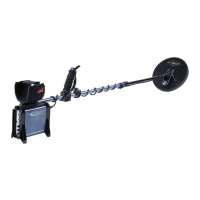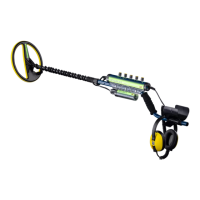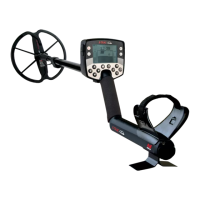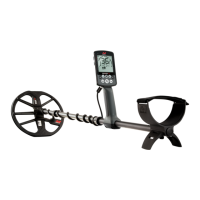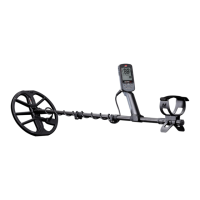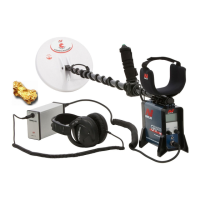68 69
A question most new detectorists ask
is where do I find treasure? There are
actually lots of areas in which you can
search, and it is best if you research
where people have been in the past,
and what type of objects they may have
had with them, and hopefully lost. You
can also go to areas people still use on
a daily basis such as the beach or parks,
and look for modern coins and jewelry.
Here are a list of some of the more
productive places to search, but be sure
you obtain permission before entering
any private property:
> Your own backyard
> The beach
> Showgrounds & racecourses
> Picnic areas
> Battlefields
> Camping grounds
> Swimming holes
> Parks and playgrounds
> Ghost Towns & ancient town sites
> Old homes & public buildings
> Old gold mining sites
> Sports grounds
> School yards and ovals
> Around jetties and piers
> Drive-in theatres
Where Will I Find Treasure?
Basically, anywhere people have been
in the past there is a chance you’ll
find buried treasure - coins, relics, and
jewelry lost years ago are sitting in the
ground waiting to be found, and are
also being replenished on a daily basis!
The trick to maximising your return is to
select sites that have the most potential.
For example, a small park that is just
used as a walkway between houses
is likely to be littered with junk with
very few valuable targets in it. Whereas
a larger old park with picnic tables,
playgrounds, etc. would have had
thousands of people sitting around,
playing sports, laying on blankets etc.
and you can almost be certain that there
will be some goodies waiting for your
metal detector.
In addition to obtaining land owners
permission before searching on
private property, be sure to check
local regulations, and always refill your
holes. If you leave the ground exactly
as you found it, you shouldn’t have any
problem detecting the same area in the
future.
A trowel, knife or small spade are good
tools for recovering targets.
Once a target has been located, clear
the surface of loose material and check
again for a signal. If there is no signal
then the target is amongst the surface
material. In this case, search the surface
material until the target is located. If the
target is still in the ground, Pinpoint its
position.
When digging, the aim is to leave the
area of ground exactly as you found it.
Using a sharp tool, cut a neat portion
of grass or soil and place it on a plastic
sheet. This prevents the material being
scattered around and allows the hole to
be refilled quickly. Dig carefully to avoid
defacing or devaluing the object.
Check the hole for the target. If it is
not in the hole, place the detector on
the ground with the coil flat, pick up a
handful of soil and pass it over the coil.
Be sure not to wear rings, bracelets or
a watch which will produce a signal.
Repeat this procedure until the target is
located.
Ensure that no other targets remain,
then refill the hole. All soil and portions
of grass on the plastic sheet should
be returned to the hole as neatly as
possible. Step lightly on the soil to
compact it.
Leaving holes, or a scarred area, may
result in action being taken to prevent
the use of metal detectors. Please
ensure that you remove all rubbish and
leave an area of ground as you found it.
Recovering the Target
A simple and effective target probe can be
made from a large flat-end screwdriver.
Round off the tip of the screwdriver with a
file to minimise damage to targets.
Ask for permission before searching on
private property.
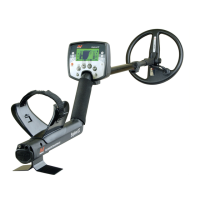
